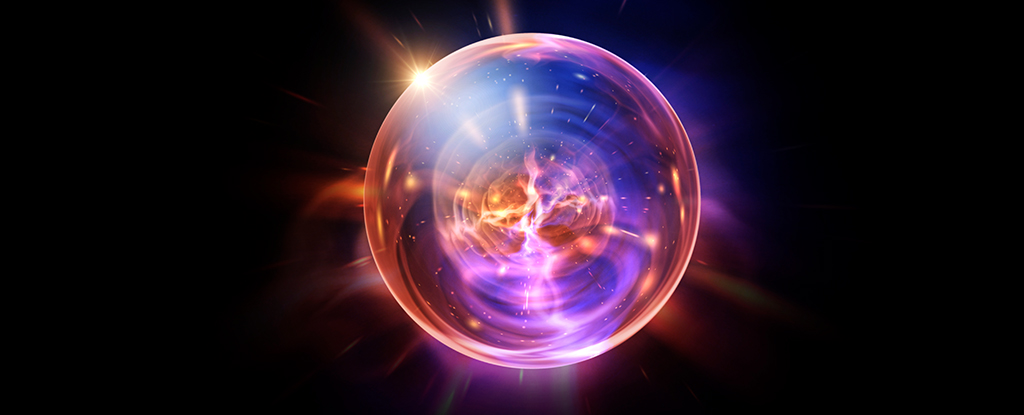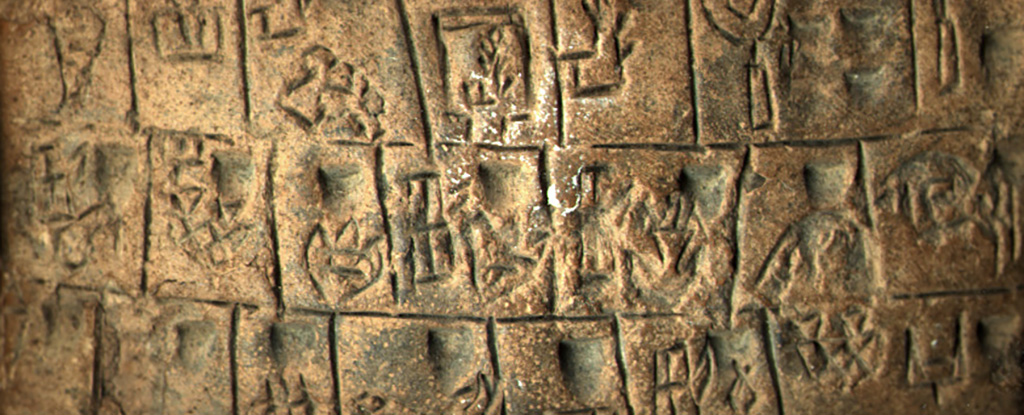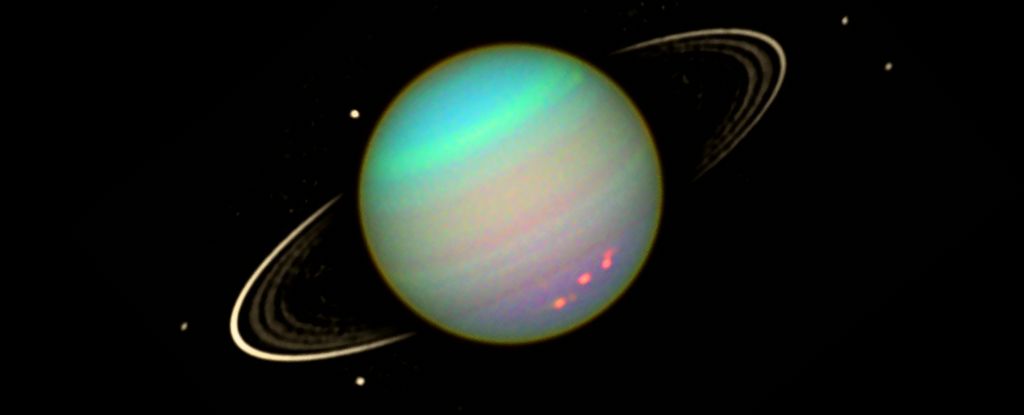They called it the God particle – a particle so ‘goddamn’ elusive, it took nearly 40 years and a $4.75 billion machine to detect, all in the hopes of closing one chapter in physics and opening a new one.
Yet for all its promise, it’s possible the Higgs boson might not be the window to a new age of science.
On including previously neglected corrections to data-driven models of the Higgs boson‘s creation, physicists from the Polish Academy of Sciences, the Max-Planck Institute for Physics, and the RWTH Aachen University in Germany have failed to find evidence of ‘hidden’ laws lurking in the particle’s shadow.
“It therefore appears that no harbingers of new physics are visible within the mechanisms responsible for the formation of Higgs bosons that we are investigating – at least for the time being,” says Rene Poncelet, a physicist at the Henryk Niewodniczański Institute of Nuclear Physics in Poland.
The first half of the 20th century changed not just how we did physics, but how we saw the Universe. Over a few short decades, scientists went from debating the very existence of atoms to describing a zoo of subatomic particles governed by non-intuitive laws of probability.
By the 1960s, it was clear there was a glaring gap in this collection – a hypothetical field that ought to be responsible for giving other fundamental particles their mass.
Named in honor of a British theoretical physicist who was one of the many working on the problem, the Higgs field (and its particle, the Higgs boson) would be quite unique among the quantum zoo. As such, proving its existence experimentally would require extraordinary amounts of energy and incredibly sensitive processes.
In 2012, after sifting through mountains of data collected from the high-speed collisions of protons in CERN’s Large Hadron Collider, physicists finally felt they had the crucial evidence to sign off on the Higgs boson’s discovery, making it the final particle in the Standard Model to have its existence verified.
Since then, researchers have continued to look for telltale signs of the Higgs boson’s activity in the ‘cross-section’ maps of particle collisions, hoping to find something that defies expectations.
It’s not just a blind hope, either. There’s good reason to think the Higgs field could contain clues on some of the biggest mysteries plaguing physics today.
For one thing, the particle’s interactions with other subatomic particles, especially one called the top quark, could be particularly sensitive to the influence of yet-to-be-discovered physics.
There’s also something rather suspicious about the Higgs boson’s own surprisingly small mass, one that could provide insights into the very stability of the Universe’s foundations.
Finding hints of new physics typically requires at least one physicist to utter the immortal words, “Huh, that isn’t what I expected.”
In the case of the Higgs particle, seemingly trivial effects – such as the subtle influence of masses from other kinds of subatomic particles – that are typically corrected to make other calculations easier just might reveal startling deviations from existing models.
Focusing on fusions between force-carrying particles within the protons, the researchers examined the cross-sections of the resulting carnage and put in the hard work of making the calculations, this time without correcting for the potential mass effects of two different kinds of quark.
For now, everything still appears as expected.
“The values of the active cross-section for Higgs boson production found by our group and measured in previous beam collisions at the LHC are practically the same, naturally taking into account current computational and measurement inaccuracies,” says Poncelet.
That’s not to say other measurements of the many variations of the Higgs boson would also have nothing to contribute to yet-to-be-discovered physics. With each closing door, however, doubt creeps in over whether the God particle truly is any kind of messiah.
Never to leave a stone unturned, physicists will no doubt continue baking Higgs particles out of the LHC’s ovens in the hope that just maybe, one day, we’ll see another scientific revolution emerge.
This research was published in Physical Review Letters.





